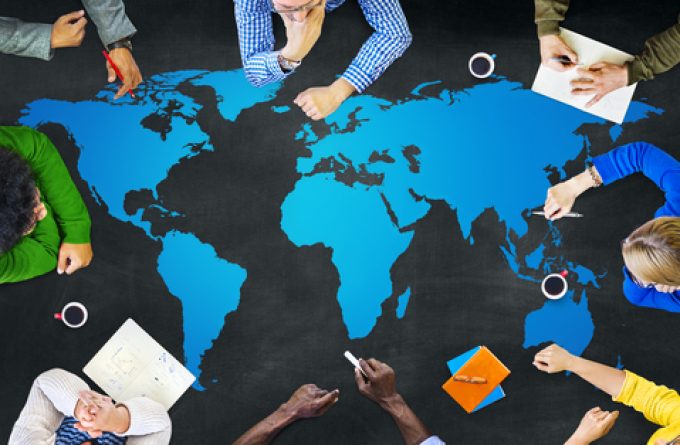Global Forwarding drags DHL Q1 numbers down, but 'we have the remedy'
Weak demand across Europe road freight ate into DHL’s freight forwarding division profits over the ...

Despite evidence of China-US decoupling, claims of globalisation entering its end-game appear ill-judged, according to DHL’s latest Global Connectedness Index (GCI).
Unveiling the results of its annual study in Dubai, author Steven Altman, of the New York University Stern Business School, said globalisation did face challenges, ...
Keep our news independent, by supporting The Loadstar
Four crew members still missing as Wan Hai 503 continues to burn
Explosions and 'out-of-control' fire reported on Wan Hai box ship
Carrier price hikes hold, driving spot rates higher as space gets scarcer
MSC Elsa crew face criminal probe, as Wan Hai 503 firefighters battle on
Predatory rivals circle as the ripples from DSV's Schenker buy widen
Transpacific rates ease as capacity boost proves too much for trades to digest
'It's driving us mad', say forwarders as US court fails to end tariff turmoil

Comment on this article